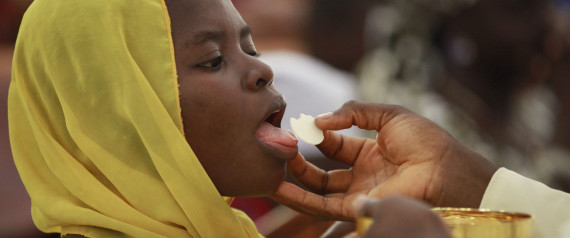As the early Christian writer Tertullian pointed out, the law of Moses ordered strict penalties for causing an abortion. We read, "If men who are fighting hit a pregnant woman and she gives birth prematurely [Hebrew: "so that her child comes out"], but there is no serious injury, the offender must be fined whatever the woman’s husband demands and the court allows. But if there is serious injury, you are to take life for life, eye for eye, tooth for tooth, hand for hand, foot for foot" (Ex. 21:22–24).
This applies the lex talionis or "law of retribution" to abortion. The lex talionis establishes the just punishment for an injury (eye for eye, tooth for tooth, life for life, compared to the much greater retributions that had been common before, such as life for eye, life for tooth, lives of the offender’s family for one life).
The lex talionis would already have been applied to a woman who was injured in a fight. The distinguishing point in this passage is that a pregnant woman is hurt "so that her child comes out"; the child is the focus of the lex talionis in this passage. Aborted babies must have justice, too.
This is because they, like older children, have souls, even though marred by original sin. David tells us, "Surely I was sinful at birth, sinful from the time my mother conceived me" (Psalm. 51:5, NIV). Since sinfulness is a spiritual rather than a physical condition, David must have had a spiritual nature from the time of conception.
The same is shown in James 2:26, which tells us that "the body without the spirit is dead": The soul is the life-principle of the human body. Since from the time of conception the child’s body is alive (as shown by the fact it is growing), the child’s body must already have its spirit.
Thus, in 1995 Pope John Paul II declared that the Church’s teaching on abortion "is unchanged and unchangeable. Therefore, by the authority which Christ conferred upon Peter and his successors . . . I declare that direct abortion, that is, abortion willed as an end or as a means, always constitutes a grave moral disorder, since it is the deliberate killing of an innocent human being.
This doctrine is based upon the natural law and upon the written word of God, is transmitted by the Church’s tradition and taught by the ordinary and universal magisterium. No circumstance, no purpose, no law whatsoever can ever make licit an act which is intrinsically illicit, since it is contrary to the law of God which is written in every human heart, knowable by reason itself, and proclaimed by the Church" (Evangelium Vitae 62).The early Church Fathers agreed. Fortunately, abortion, like all sins, is forgivable; and forgiveness is as close as the nearest confessional.
MORE



No comments:
Post a Comment